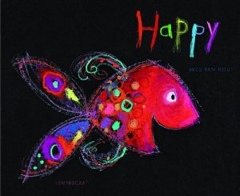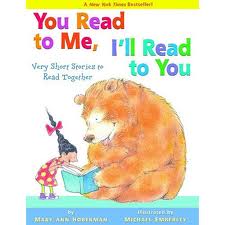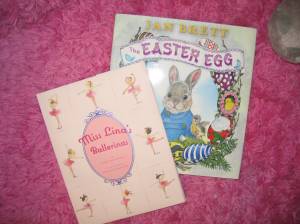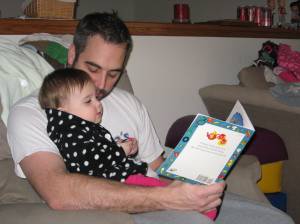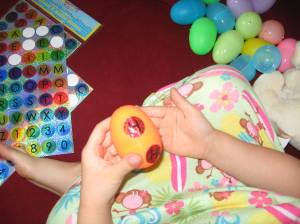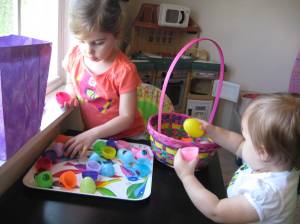Here’s a little something you can do to help your children develop and improve their early literacy skills. It’s fun, and something you probably already enjoy…
Listen to music, sing along (and maybe even dance) with your kids- no matter their ages!
Here are a few reasons why music is so powerful to development:
- Babies as young as 9 months can feel comforted by familiar music when in an unfamiliar setting. Even at such a young age, music can become something soothing, like a favorite blankie or stuffed animal.
- Music helps build language skills through the introduction of new words.
- Music builds memory skills through it’s rhythm and repetition- (which can lead to comprehension when reading).
- Singing, dancing, and playing music come naturally to little kids-it’s not something that needs to be taught. So, following their lead, this shows us that music is inherently important to them and their little growing bodies and brains.
- Having rhythm and keeping a beat help children as they grow older and are learning to separate sounds and isolate parts of words when decoding new vocabulary.
- Listening to music together, dancing, singing, and being silly are all great ways to enjoy time with your kids and build relationships with them.
- Moving to music helps build and develop motor skills.
- Listening to music with lyrics encourages both sides of the brain to work together at the same time (one side working to hear the words, the other side working to hear the music), and using both sides of your brain increases retention of information.
- In addition, music along with movement (and ‘crossing the mid-line’) allows the body and mind to work together at the same time, encouraging the brain to make connections. This action is similar to what your brain does in the processes of writing and reading. Consider this quote from the article “Music and Movement: Instrumental in Language Development” found at Early Childhood News:
“Cross lateral movement enables the brain to cross the mid-section (going from the right side of your body, across the center to the other side). This ability is necessary for reading and writing because in order to read and write one must go from one side of the paper to the other.” (Harman, M. 2007)
Need additional information? Here are a few links that might be helpful:
Zero to Three- National Center for Infants, Toddlers, and Families (Great for information on Early Childhood and Development)
Scholastic Parents– “Sing Your Way to Reading Success: Help your preschooler get ready to read by filling her life with music”
Early Childhood News “Music and Movement: Instrumental in Language Development” by Maryann Harman, M.A.
Kindermusik (Information on a variety of music and movement classes)
ABC Music and Me-Kindermusik (A variety of resources, research-based information)
So, turn up the beats (if your kids are like mine- they would be those of the Fresh Beat Band) and spend some time with your kids enjoying all kinds of music!
Angela (a readingteachermom)


